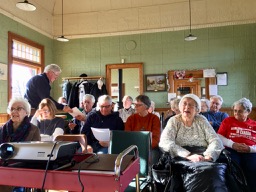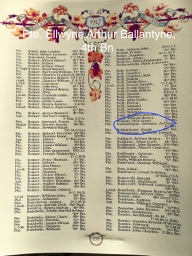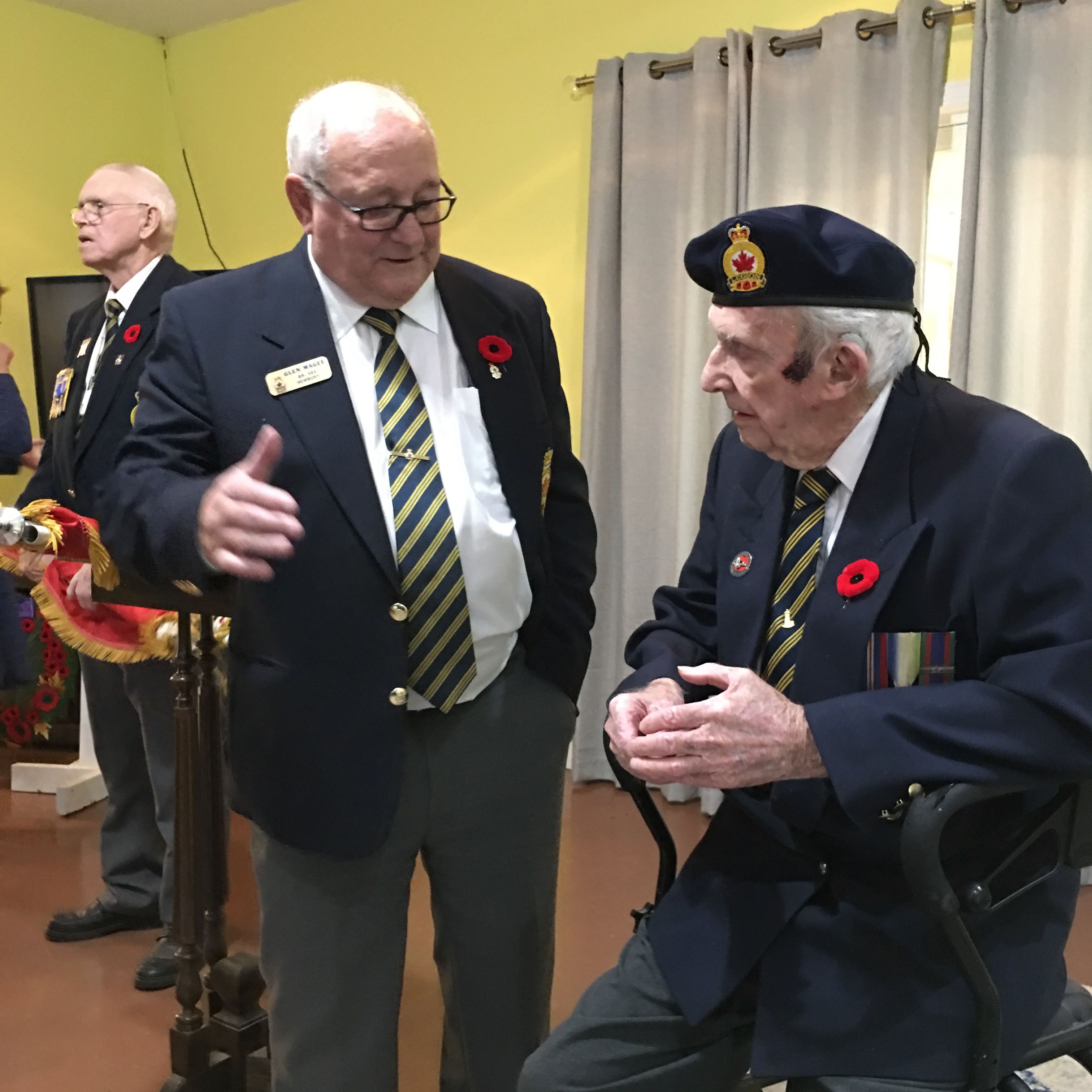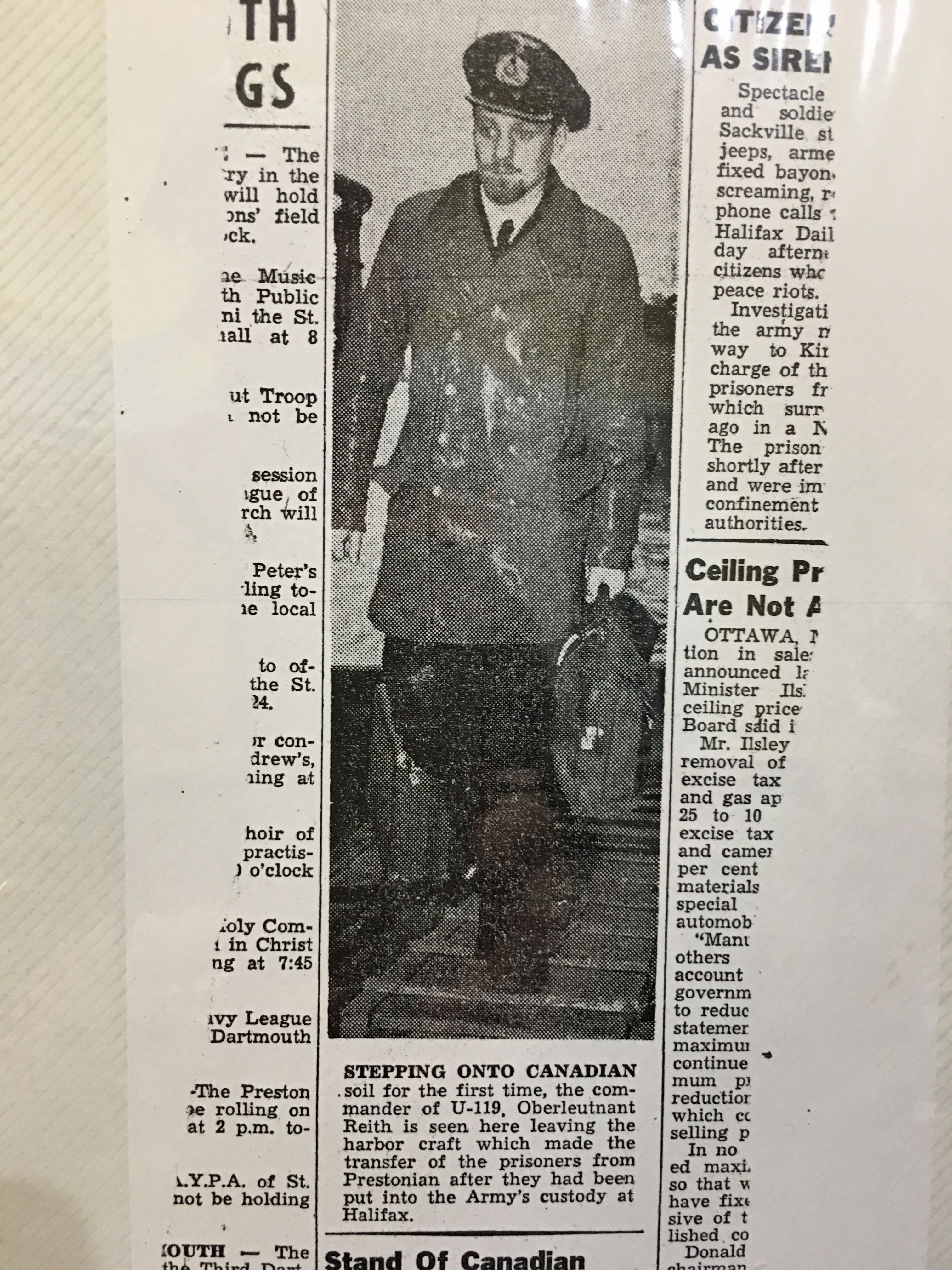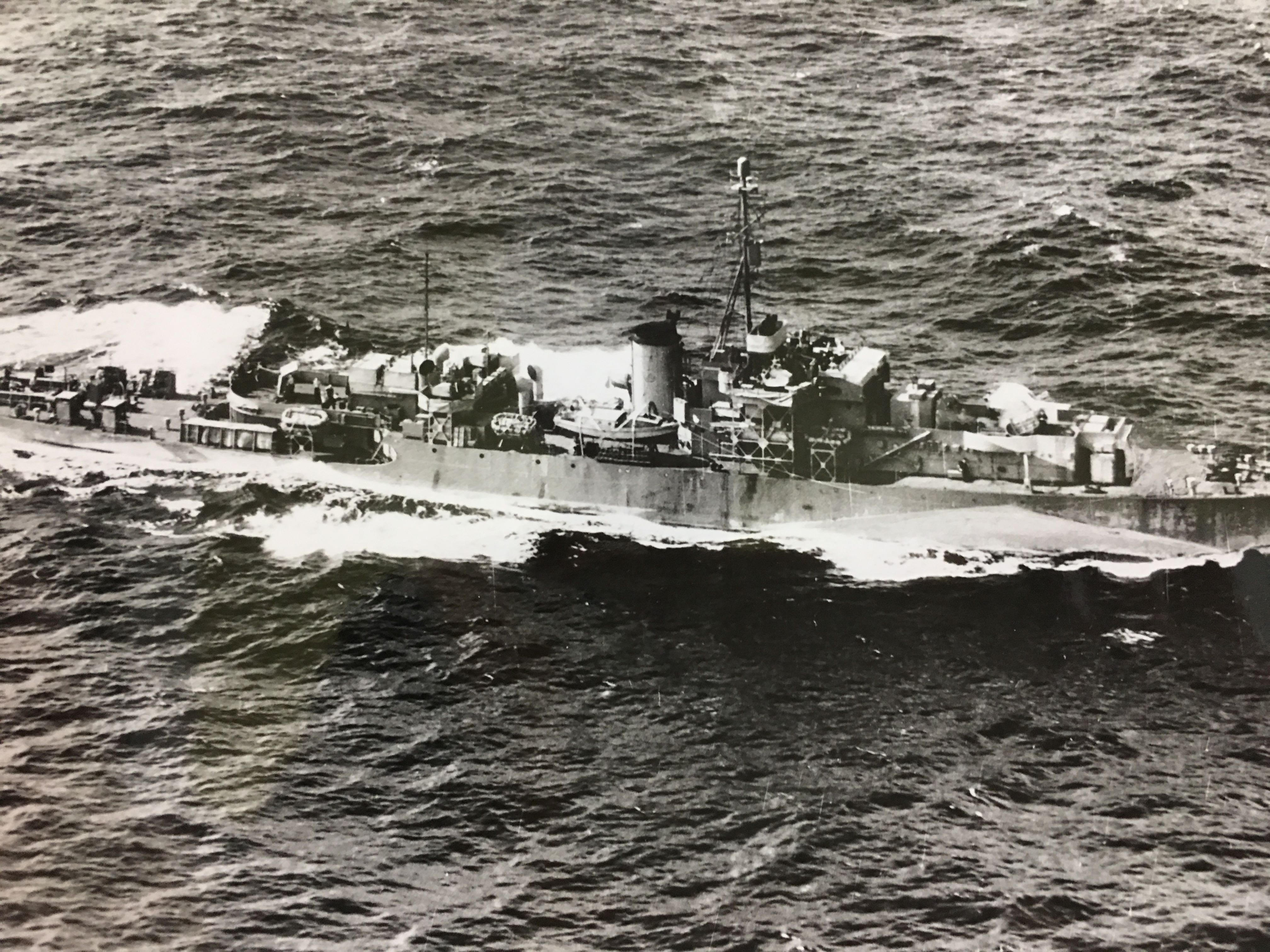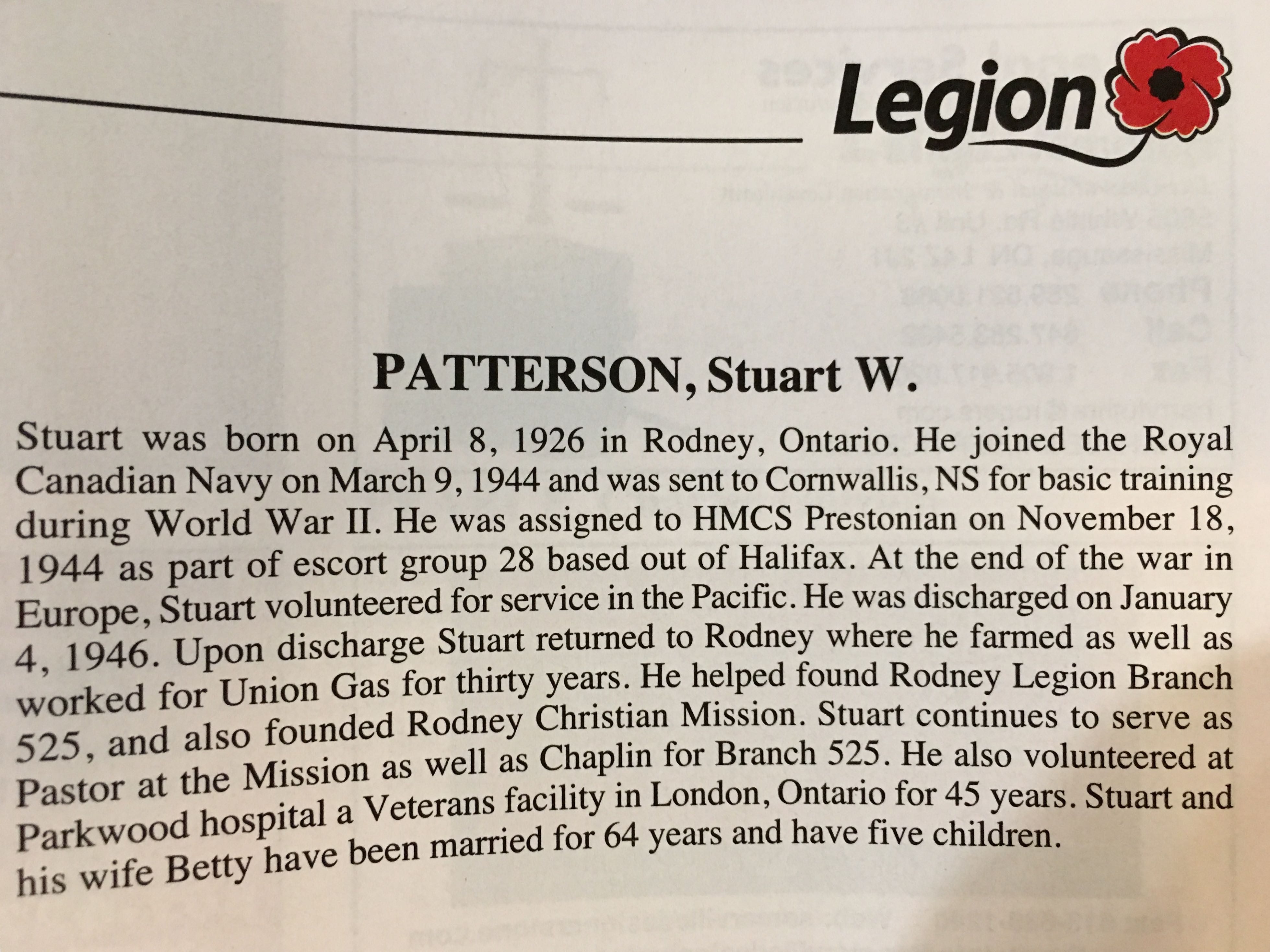Red Noble outlined Canada’s participation in the European Offensive, and in particular the advance up the “Italian Boot”. He handed out copies of detailed maps which attendees referred to. The Battle of Ortona took place during the heart of the Italian Offensive by the Allied forces in December of 1943. Ortona is a coastal town located on the Southeast coast of Italy. December 20, 1943 was the official first day of the assault.

The Canadian Regiments advance 3000 yards into Ortona. Buildings on outskirts of town are taken and held from the veteran German defenders. Engineers move into town under artillery support. All first day objectives are achieved. The next day the 21st, bitter street fighting develops.
Ortona is an old traditional coastal town with a strategic deep water port, designed for coastal defence. It consists of compact tall multi-storied houses. Most buildings are at least four stories high with narrow streets between, which made manoeuvring for tanks extremely difficult. Armour could only advance down main roads, leaving little support for the infantry in most cases.
The German defenders prepare the way with strategic barriers and booby-traps. Fierce street-fighting during the battle would give it the nickname “Little Stalingrad”. Canadians quickly learn and adapt to the enemy’s techniques. Several adaptations involve leapfrogging and mouse-holing, that is blowing holes in walls in order to advance instead of going outside.
And so it continued for 8 long hard days and nights. The Germans finally withdrew, but at a heavy cost to Canadian Forces.
After the battle, all allied forces studied successful Canadian street fighting tactics, many of which are still used today in areas of conflict.
President Lorne Munro and Ken Beecroft thanked Red for his presentation and display of photos and newspaper articles. Marilyn McCallum presented Red with an honourarium, which he graciously donated back to G&DHS.
Members’ Meeting – Wednesday January 16, 2019 – 2:00 p.m. held at the Glencoe Historic Train Station, Glencoe, Ontario





